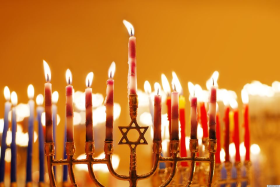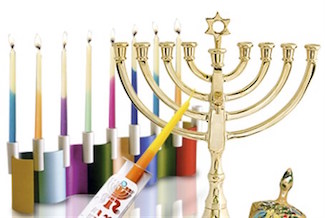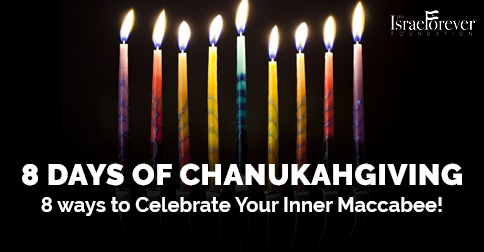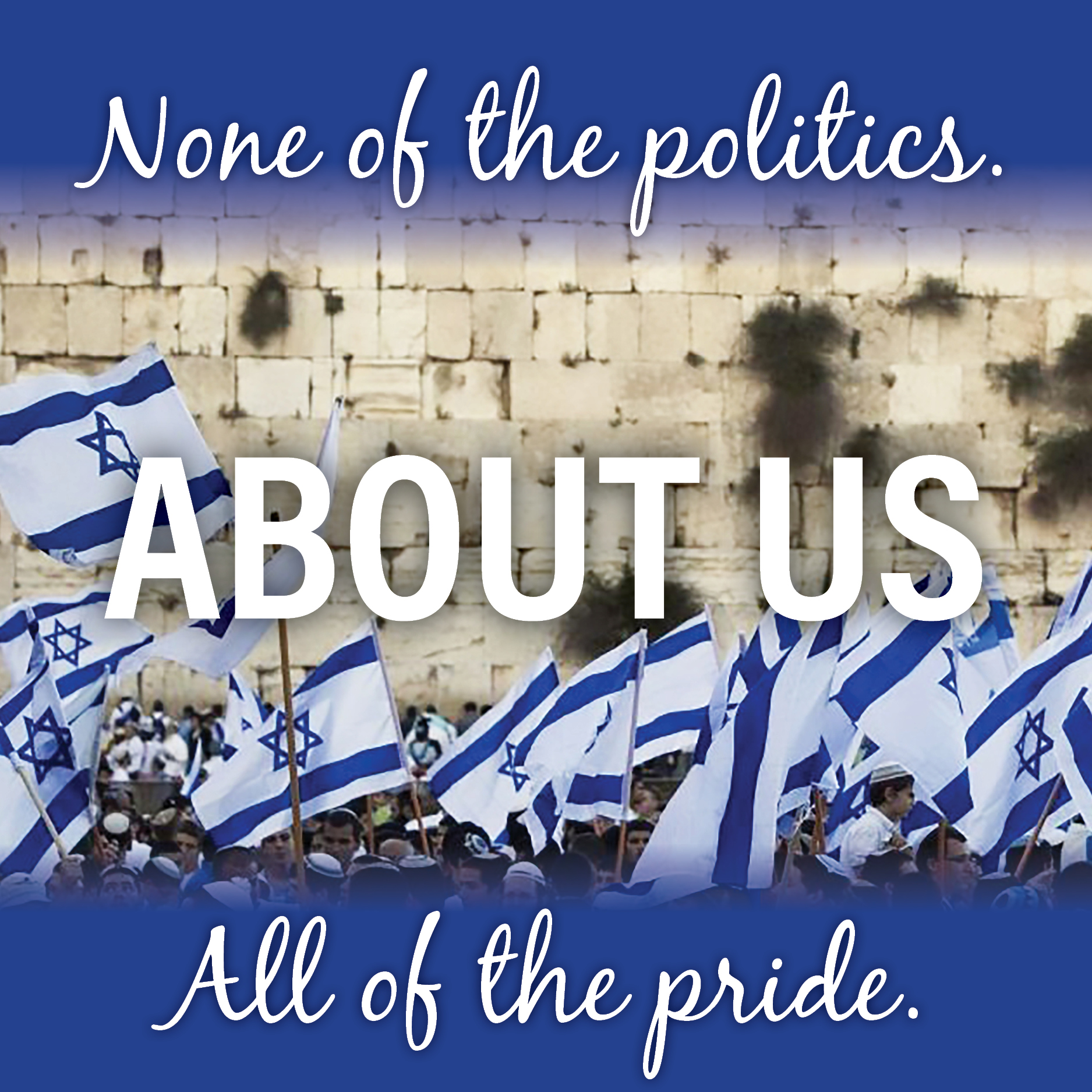The Hanukkah Menorah: Past and Present
By Arik Barel

From time immemorial, the menorah has been one of the most iconic relics in all of Judaism. Originally one of the sacred vessels of the Holy Temple in Jerusalem, its uniquely elegant form is today a centerpiece of the Jewish home, an expression of the transcendent, while at the same time, a striking symbol of Jewish faith and identity.
The Original
The original menorah design, with its base, central shaft and six branches curved to the same height, is described in detail in the Torah (Exodus 25:31-40).
Handmade out of solid pure gold, it was first used in the tabernacle set up by Moses in the wilderness and later in the First and Second Temple in Jerusalem where the Kohanim lit its lamps every evening from fresh, consecrated olive oil. Its central light was never allowed to burn out, the source of the Ner Tamid (“Eternal Light”) found in synagogues today.
The Exile
Since the destruction of the Second Temple in 70 CE, the menorah has been the most important and dominant Jewish symbol (predating the Star of David as a unique Jewish symbol by at least a millennium). As Judaism became a more "portable" religion moving out into the Diaspora, the menorah became a unifying sign of national identity. Having been such an important part of the Temple service, the menorah served to remind the Jews of their glory that once was and, according to Jewish belief, what will be once again with the building of the Third Temple.
In the meantime, the menorah also came to symbolize the Jewish vision to be “a light unto the nations.” (Isaiah 42:6). This idea is also highlighted in prophecy of Zechariah 4:1-6, in which at the sight of a golden Menorah G-d explains: “Not by might, nor by power, but by My spirit.”
Modern Use

The most well-known association of the menorah is in relation to the holiday of Hanukkah. This eight day festival commemorates the miracle of the oil which burned for 8 days during the re-dedication of the Temple in Jerusalem after having been defiled by the Greeks. However, while the Temple Menorah had seven branches, the Hanukkah menorah of today has eight for each day of the holiday (not including the “shammash” which is used to light the other branches). Besides corresponding to the eight day holiday, after the destruction of the Second Temple a prohibition was placed on making replicas of the seven-branched Temple Menorah (Rosh Hashanah 24a). The lighting of eight lights thus enabled this annual celebration without transgressing this prohibition.
Today there is a vast array of magnificent Hanukkah menorahs available, in a variety of contemporary and traditional designs, guaranteed to add a radiance of joy and meaning to the annual Hanukkah experience. In addition, the menorah symbol continues to be a beautiful and striking decorative motif throughout the spectrum of Jewish artistic expression, including art, jewelry and home décor for you to enjoy all year round.
Read Original Article HERE








